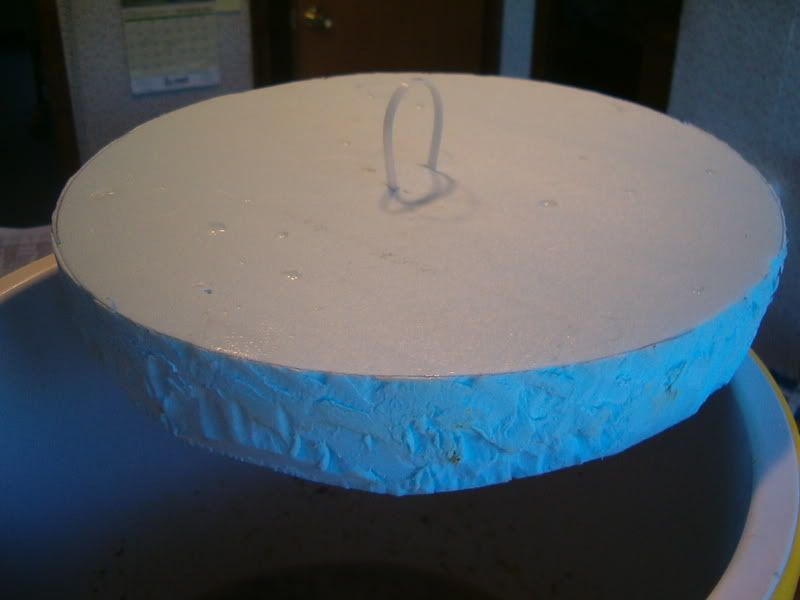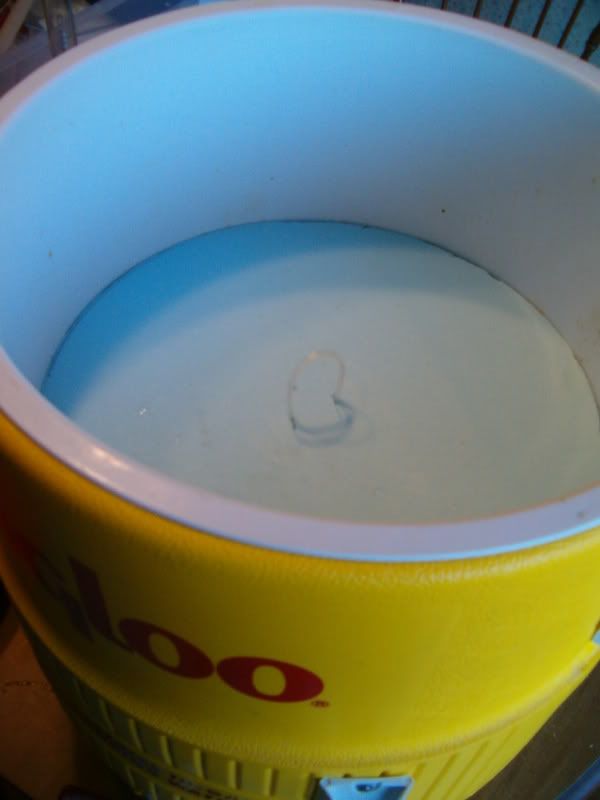Bringing up a thread from zdead.
Does anybody know of any legitimate concerns with foam insulation being in contact with the mash? Particularly if little particles happen to break off and later get stirred deeper into the mash during a batch sparge infusion?
Also, is it preferable to remove the thin plastic cover or leave it on the side contacting the mash?
I like this idea a lot. Particularly b/c I'm thinking of upgrading my damaged 36 qt Coleman Xtreme to a new 62 qt version of the model. [The idea being to take another shot at converting it without damaging it, to be able to brew bigger beers, and to be able to dabble in 10 gallon batches at somepoint as well. But considering that I'll still be doing 5 gal batches of medium strength beers more often than not, I anticipate a lot of open head space in the MLT and this seems like the perfect solution to heat loss problems resulting from that.]
But is it safe?






